Airport type Public use Elevation AMSL 153 ft / 47 m Code BLM | Owner Wall Herald Corp. 14/32 7,371 | |
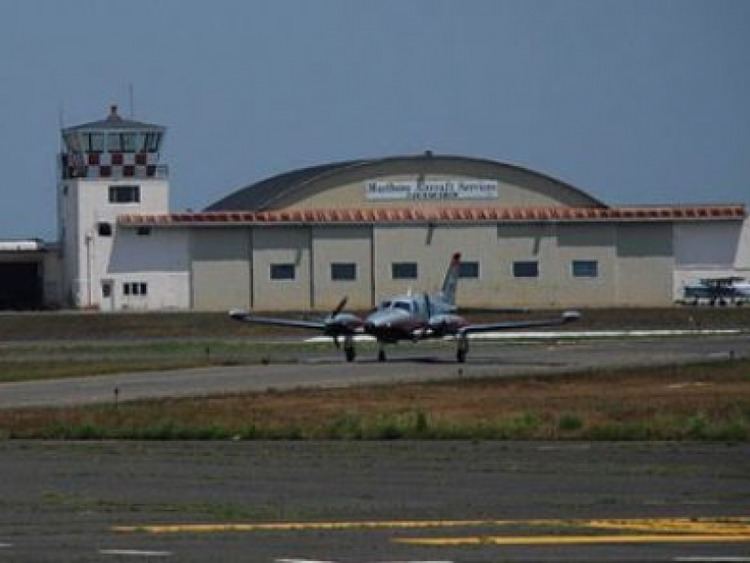 | ||
Location | ||
Monmouth executive airport july 09 landing in a cessna 152
Monmouth Executive Airport (IATA: BLM, ICAO: KBLM, FAA LID: BLM) is a privately owned, public use airport in Monmouth County, New Jersey. It is in Wall Township six miles west of Belmar, east of Farmingdale. The National Plan of Integrated Airport Systems for 2011–2015 categorized it as a general aviation reliever airport. Prior to 2003, it was known as Allaire Airport. The airport was sold on December 3, 2013 to a consortium known as Wall Aviation. The new owners intend to evict current renters and upgrade the facility to serve corporate clients.
Contents
- Monmouth executive airport july 09 landing in a cessna 152
- Landing at kblm monmouth executive airport piper cherokee
- Facilities
- Incidents and accidents
- References
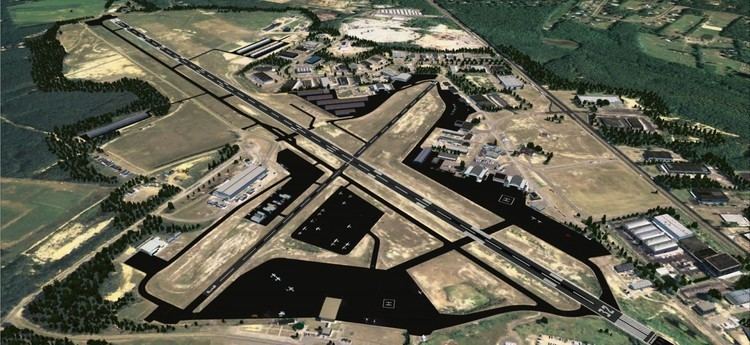
In an analysis by the Regional Plan Association in 2011, Monmouth Executive scored highly as a potential airport for airline flights to expand capacity and relieve aviation congestion in the New York area.
Landing at kblm monmouth executive airport piper cherokee
Facilities
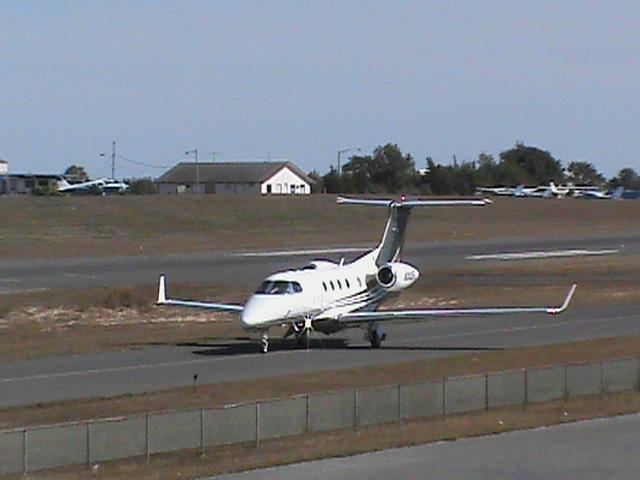
Monmouth Executive Airport covers 850 acres (344 ha) at an elevation of 153 feet (47 m). It has two asphalt runways: 14/32 is 7,371 by 85 feet (2,247 x 26 m) and 3/21 is 3,512 by 50 feet (1,070 x 15 m).
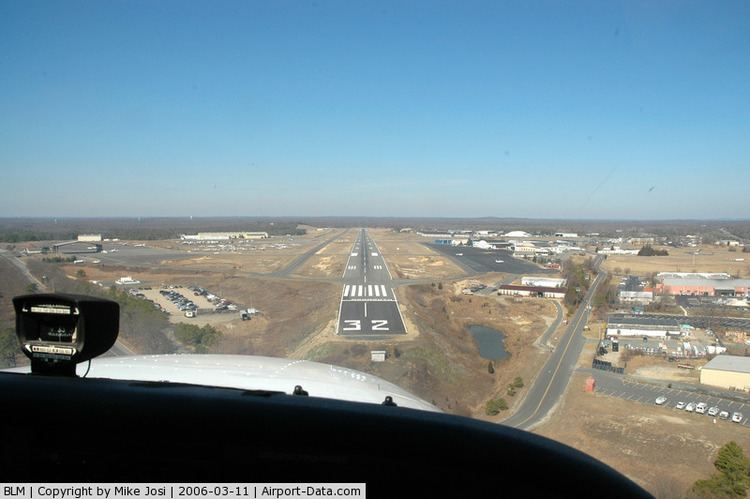
In the year ending January 1, 2010 the airport had 57,229 aircraft operations, average 156 per day: 83% general aviation and 17% air taxi.
Incidents and accidents
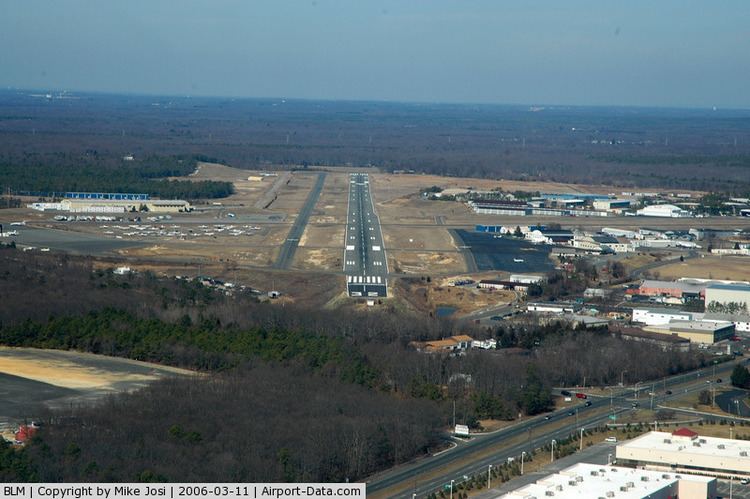
On February 15, 2010 a small aircraft, identified as a Cessna 337, crashed on approach to the airport, killing all five people on board. The NTSB accident report indicated that the pilot made an abrupt maneuver while exceeding the operating limitations of the aircraft which caused a structural failure of the right wing.
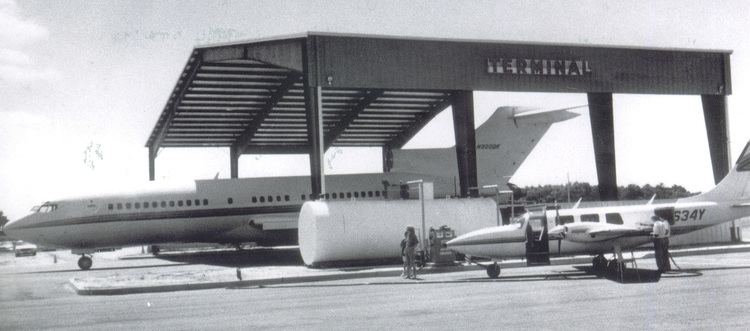
The National Transportation Safety Board determines the probable cause(s) of this accident as follows: The pilots’ failure to adhere to the airplane’s operating limitations, which resulted in overload failure of the right wing. Findings of the investigation were the adverse effects of multiple supplemental type certificates (STC) to the airframe wing structure that were not evaluated at the time the STCs were installed and the lack of guidance by the Federal Aviation Administration for multiple STC interaction evaluation.
